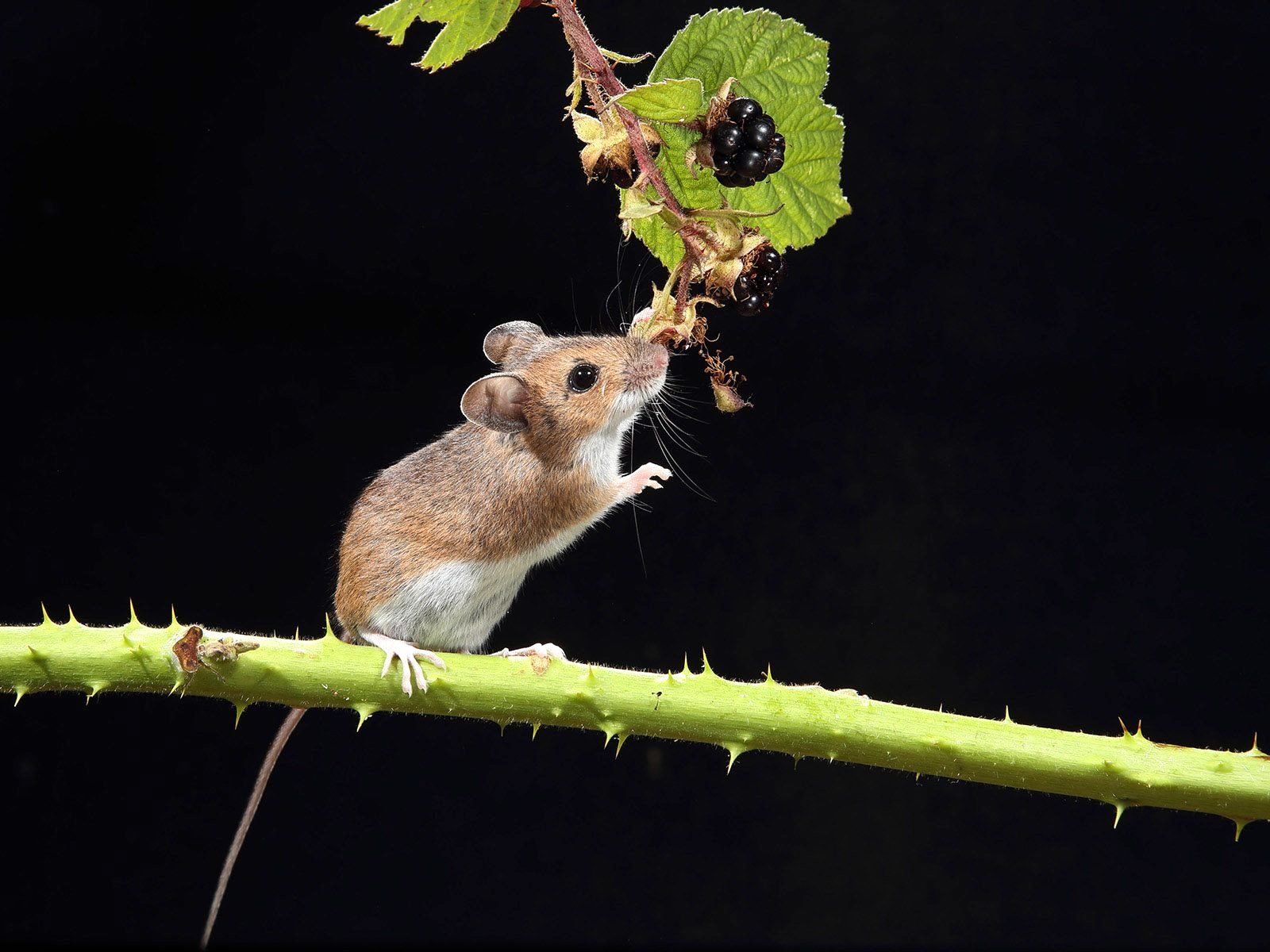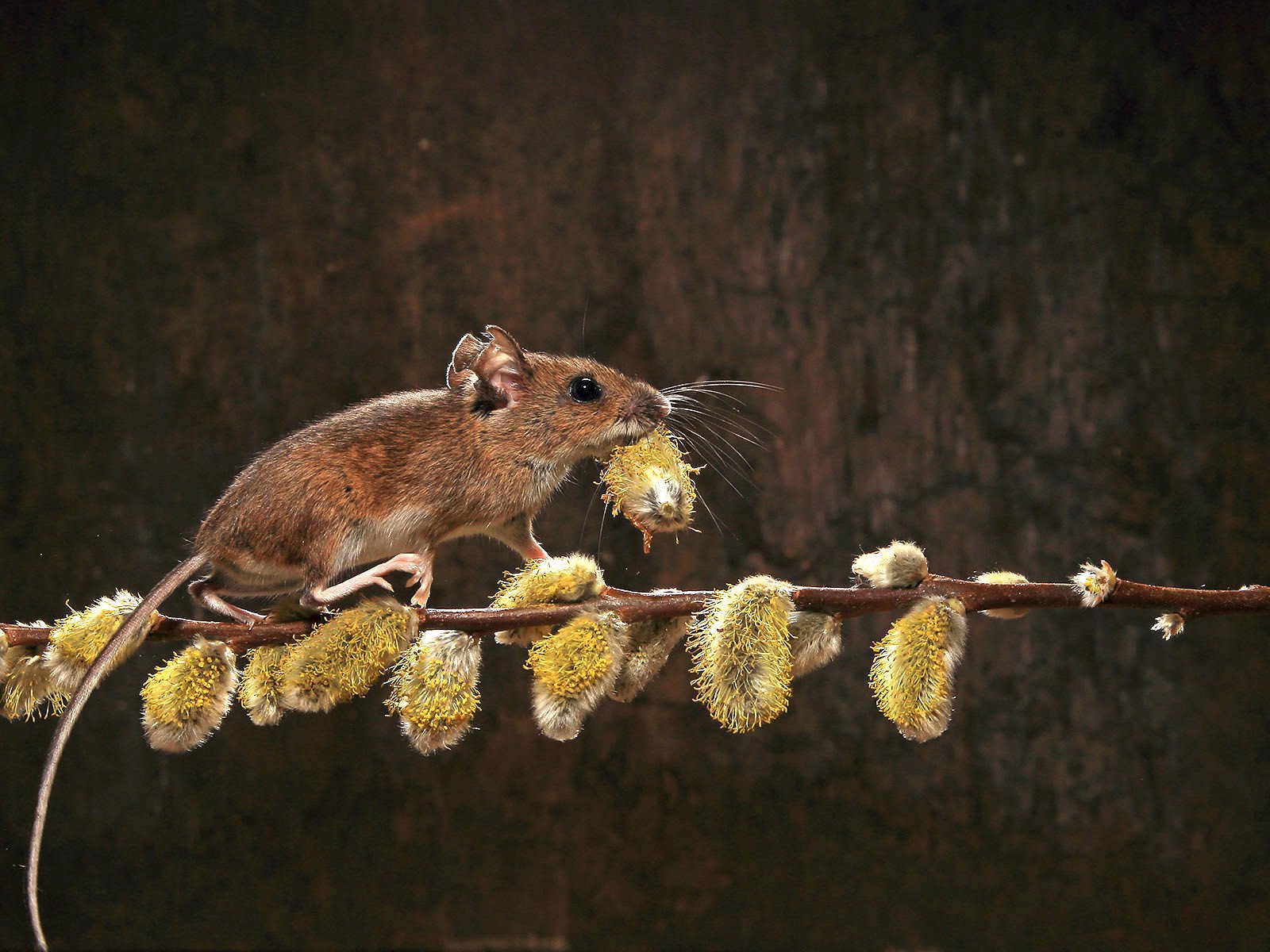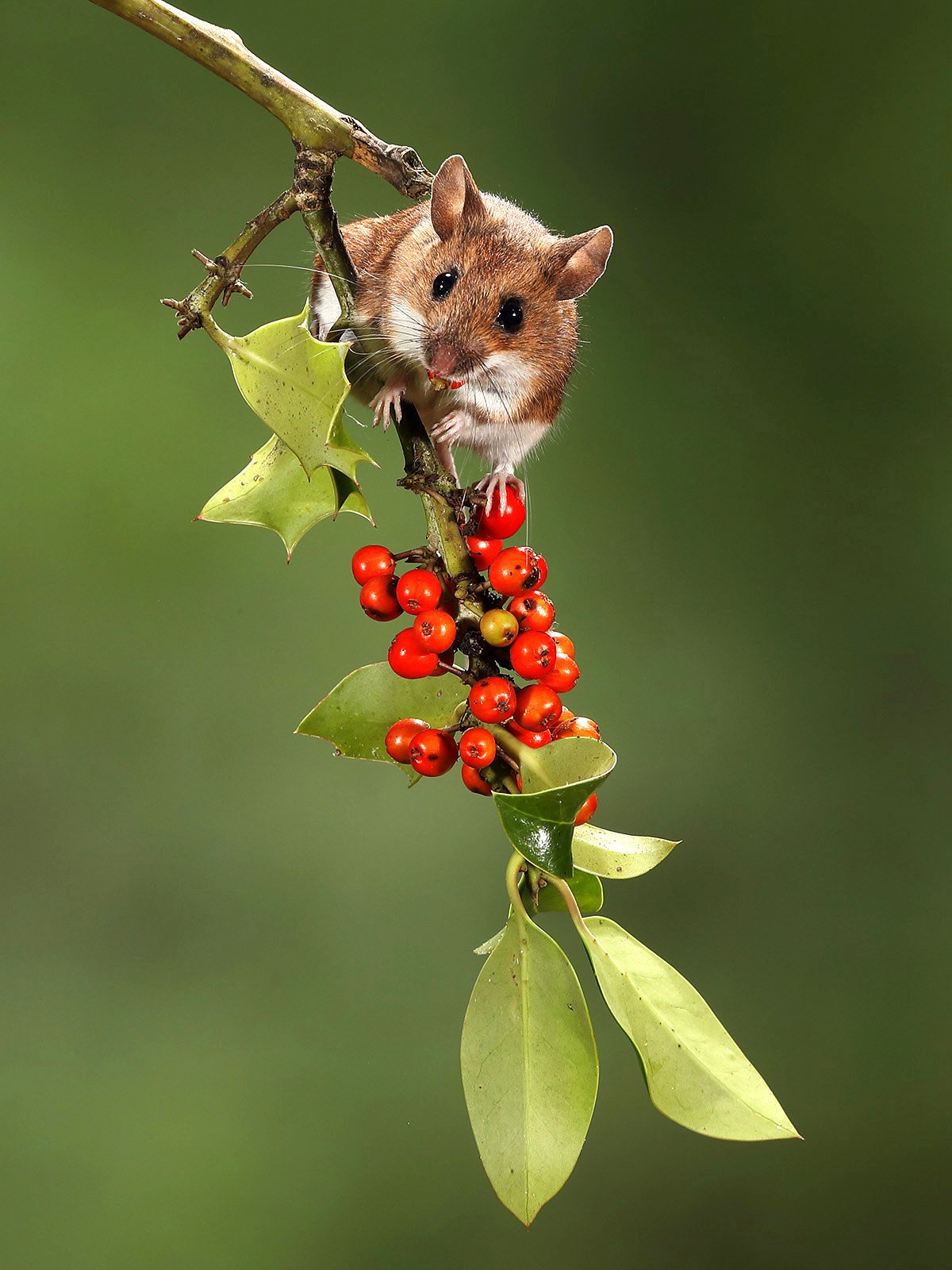2003 | Oxford, UK
Wood mouse (Apodemus sylvaticus) way-marking
If I cut wood with a saw, I’m using a tool. But if I spend time laying out all my carpentry tools on a workbench, so that I can find them more easily, is that also tool use? Maybe it’s more like construction behaviour, where I’m building a more helpful environment for myself. Both times I’m deliberately moving tools with a clear goal in mind, but there’s something that makes the two cases different. It’s another of those tricky situations where strict definitions can get in the way of understanding how we use objects to create our world.
Today, we’re looking at an animal whose activities fall under that same definitional cloud. That’s it at the top of the post, a European wood mouse (Apodemus sylvaticus, beautifully photographed by Roy Rimmer). And as you might expect for a smart mouse, to find it we’ll need to go to Oxford.
This is the way
We’re in Oxford, in the UK, because that’s where mouse expert Pavel Stopka and ecologist David Macdonald were working in the early 2000s. Stopka was watching wood mice in their natural habitat, including the fields and woodlands around human homes (the species name sylvaticus literally means ‘of the woods’). And he noticed there was a lot of stuff that the mice interacted with as they stopped and started and nibbled and darted.
Wood mice are small and numerous, growing to around 20-30 grams on a diet of seeds, fruits, nuts and invertebrates. So far, so mousy. But as a side note, there’s also a reliable study from 2016 of wood mice catching and eating hibernating bats in the Netherlands, which sounds more like a rodent-on-rodent horror movie than a cute tail of munching mice (skip this bit if you’re squeamish, it’s one of the more gruesome things I’ve seen in an academic report of animal behaviour):
The skin of the victims is scraped clean. In the process of eating all the soft tissue, the skin is turned inside out, including the skin around the skull and hind legs. In fresh remains, marks made by the incisors can clearly be seen in patches of skin. The skull is always broken and sometimes completely gone. The brains are eaten starting from the back of the head.
So yes, adorable little critters/bat nightmares.
To collect all that food, the wood mouse roams widely over a hectare or more, which it moves around in a stuttering fashion. What caught Stopka’s eye was the presence of inedible shells, sticks and leaves around the foraging ground, which were grouped into little piles. It seemed to him that the mice were deliberately moving and placing these objects as they roamed. But why?
Maybe the mice were just clearing things out of their way, or collecting material for bedding in their nest. Another possibility was that they were using the objects as secondary markers that directly related back to a central place, again perhaps the nest. Or maybe, the mice were actively laying out adjustable reference points that guided them from point to point across the landscape. That behaviour is called way-marking, and it’s something that humans regularly do, but not other animals (as far as anyone knew).
A marked difference
To test these different theories, Stopka and Macdonald captured wild wood mice from around Oxford and placed them, eight at a time, in a laboratory arena. The arena was roughly a cube with 2m sides, with natural ground cover and a partly buried artificial nest box. The scientists also scattered a set of ten plastic discs, 5cm in diameter, around the centre of the enclosure to mimic the moveable objects found out in the woods and fields.
The mice proceeded to pick up and move around the plastic discs, just as they had the twigs and shells. The researchers quickly ruled out the bedding-material idea, because the discs weren’t moved towards the nest any more than other directions. And careful analysis of those movements showed that the mice weren’t relating the discs to any other fixed point in the enclosure.
Instead, they really were moving the discs one after another to give them anchor points for each new bout of exploration. If a mouse was temporarily disturbed or alarmed while foraging, and ran to hide, they used the position of their latest marker to get back to their foraging afterwards.
As Stopka and Macdonald write:
When a mouse had begun to investigate a small area of apparent interest, it would scan the arena, seemingly looking for a disc, to which it would then move, and then carry that disc directly back to the place of current interest and position it there. Thereafter, while the mouse continued to be active in that place, and having drifted away from the disc, it would intermittently make a directed movement straight back to the disc.
The mice also only moved the discs during what the scientists called ‘exploratory movements’, which were darts of at least 10cm during which a mouse visually scanned its surroundings. These explorations were clearly different from the typically small foraging movements of a snacking rodent. The visual part is important, because wood mice have good vision both in daylight and at night. Many animals use temporary scent markers to identify parts of the landscape to themselves and others, but none are known to actively and continually rearrange that landscape for the same task. Except these mice.
In the almost twenty years since the Oxford study was published, the results haven’t been followed up by other researchers. So although we know that they really are way-marking, we still don’t know just what it was about those sticks and leaves that attracted the wild mice to collect them in the first place. They were visually distinctive—after all they caught the eye of the human scientists too—but anything more than that remains a mystery. If anyone reading this in Europe or parts of north Africa wants to ethically collect the data for yourself, there’s likely a wood mouse or several near you right now. All you need is time and good eyes.
As flagged earlier, it’s worth asking whether this is really tool use. Under the strictest definitions, no, it isn’t, because the mice aren’t actively holding the shells and other objects and using them to manipulate other parts of their physical environment. After all, the idea of tool use needs to be separated somehow from all the other kinds of animal actions, or it risks becomes a meaningless and unworkable mess. Instead, wood mouse way-marking is more about preparation, like the example of laying out your tools so you’re ready to work. Or like a male bowerbird placing decorations around its nest, drawing attention to a specific place in the landscape, and not the same bowerbird waving an object as it dances for a potential mate.
In human terms, we could say that the mice are using objects to help plan their food-gathering, rather than directly in the hunt. It’s more similar perhaps to when we set a trap and leave it to catch prey than when we directly subdue an animal using a handheld net or knife. The latter is clearly tool use, the former is something else, a delayed or extended form of action. It’s part of a mouse technological system, a sort of tool-use one step removed.
But rather than this distinction making the mouse behaviour less interesting to us, I’d argue that it makes these cute little bat-murderers even more important for understanding how other animals use objects to deal with their worlds. The division between holding something in your hand and holding it in your mind deserves exploration, and investigation. And if our definitions get in the way of that, it’s probably our minds and not the mice that need to change.
Sources: Stopka, P. & D. Macdonald (2003) Way-marking behaviour: an aid to spatial navigation in the wood mouse (Apodemus sylvaticus). BMC Ecology 3:3 || Alacantara, M. (1991) Geographical variation in body size of the Wood Mouse Apodemus sylvaticus L. Mammal Review 21:143-150. || Haarsma, A.-J. & R. Kaal (2016) Predation of wood mice (Apodemus sylvaticus) on hibernating bats. Population Ecology 58:567–576.
Image credits: Roy Rimmer; https://www.flickr.com/photos/65557109@N02/with/44788784192/


